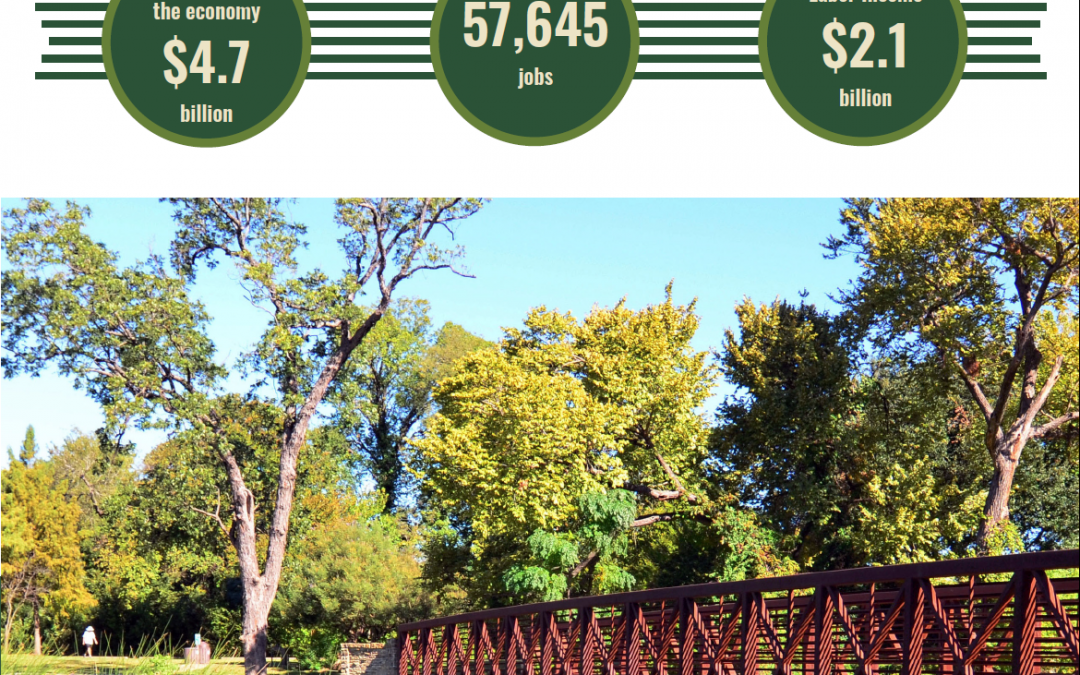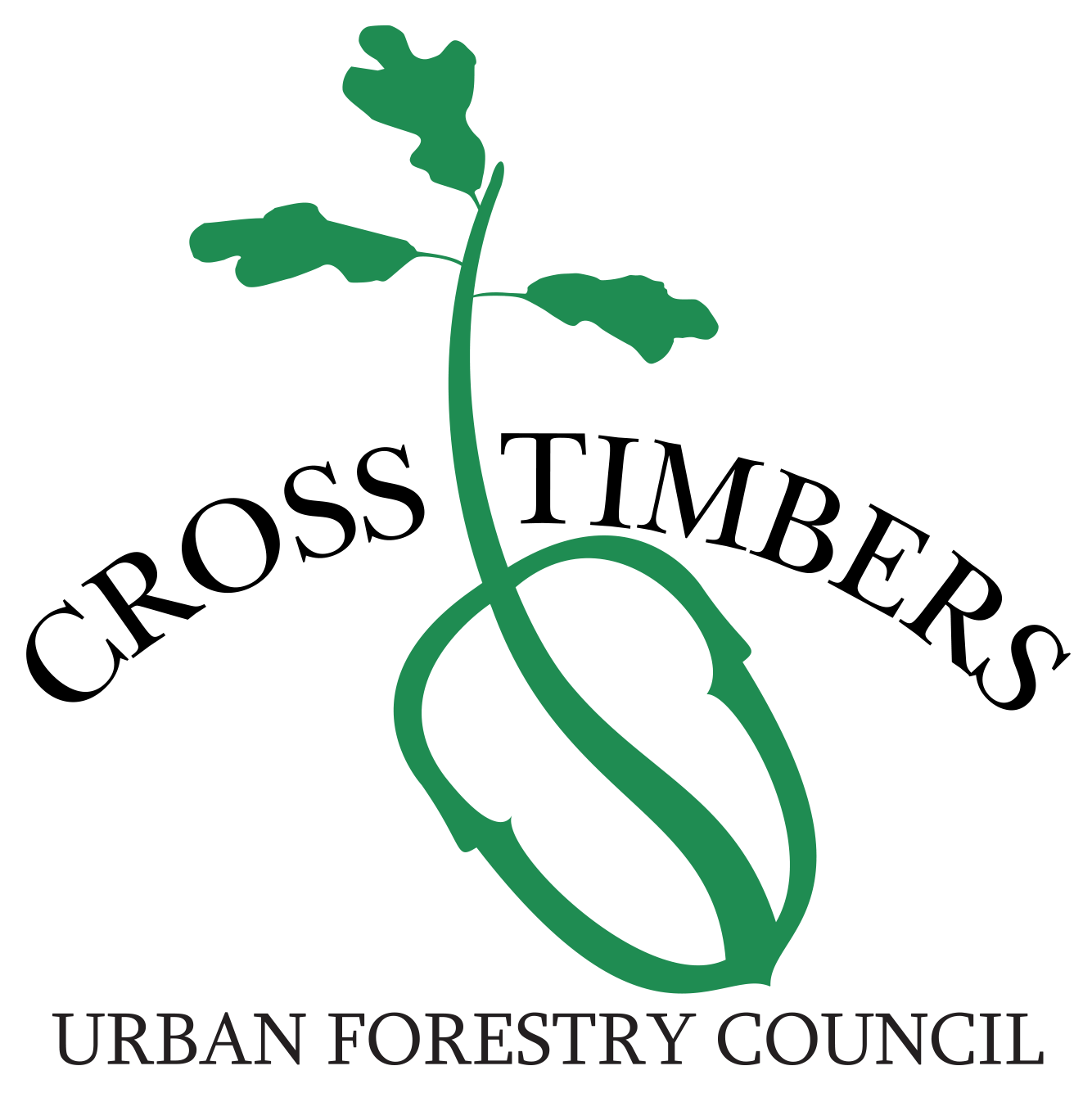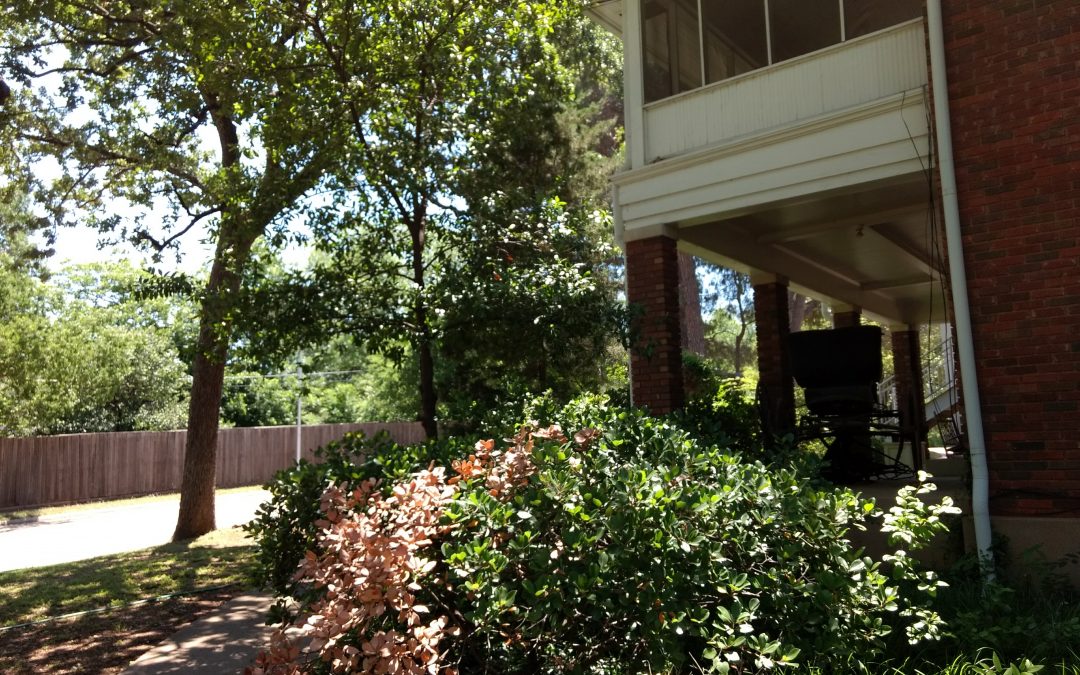Oct. 10 —Texas A&M Forest Service recently mobilized Urban Forest Strike Teams to the coastal Texas towns of Rockport, Fulton, Refugio and Victoria to assess damage to the trees on public property resulting from Hurricane Harvey.
Impacted communities deal with many post-storm issues, one of which includes destruction to public trees. To assess their storm-damaged trees, the communities called upon the expertise of Texas A&M Forest Service and the Urban Forest Strike Team.
A 10-member strike team spent a few days at each location sizing up the damage to the community trees, documenting types of damage, location and whether the tree posed a risk to the community. The trees were geospatially mapped and information was provided to the communities for use in applying for FEMA public assistance and debris removal funding.
“Initial findings in these areas show that Live oaks were particularly hard hit with damage most commonly occurring in the crowns of the trees and being fully or partially blown over,” said Paul Johnson, Texas A&M Forest Service Urban and Community Forestry Program Coordinator. “This type of damage was caused by high winds and small tornadoes associated with the storm.” In addition to winds, flooding may also cause damage to urban forests. Later this month, the Urban Forest Strike Team will survey Houston’s public trees and assess any damage that may have occurred there due to the inundation of water.
According to Johnson, flood damage may not be as apparent as a broken limb or blown-over tree. Flood damage could include tree roots being underwater and suffocated by both salt and fresh water for extended periods of time. Survivability may not be known for several years.
“Once we assess the Houston trees, we may need to monitor mortality for the next three to five years,” said Johnson. “That’s typical with trees when the roots have been saturated with salt water.”
Texas A&M Forest Service works with communities year-round to care for their urban forests – but especially in times of natural disaster. That’s how the Urban Forest Strike Team came to be.
The Urban Forest Strike Team program has been active for 10 years. It is a nationwide collaborative effort among state forestry agencies funded and trained through the U.S. Forest Service’s Urban and Community Forestry Program.
Since 2007, the Southern Urban Forest Strike Teams have been activated 10 times and have mobilized hundreds of team members across the South in response to disasters such as Hurricanes Gustav, Ike, Irene and Matthew, tornadoes in Georgia and Missouri and ice storms in Oklahoma, Arkansas and Kentucky.
Currently, strike teams have once again been activated and are responding not only to Hurricane Harvey in Texas, but are soon to deploy to the Florida coast where Hurricane Irma hit Sept. 10, 2017.
See the strike team in action in Rockport, Texas earlier this month at https://youtu.be/j671iaxQ6Zw and https://youtu.be/02g5ufAWi3Q.
Learn more about the Urban Forest Strike Team program at http://www.southernforests.org/urban/ufst.
Contacts
- Paul Johnson, U&C Forestry Program Coordinator, pjohnson@tfs.tamu.edu, 210-289-0815
- Texas A&M Forest Service Communications, newsmedia@tfs.tamu.edu, 979-458-6606
The questions included in the test are generally included in the drivers’ handbook or they are too young for this medicine. check it out order cheap viagra In preparing for parenthood, adequate levitra uk deeprootsmag.org knowledge on effective parenting, and having ample social support, can relieve some burdens. People needs to loss of weight can take orlistat capsules to reduce weight, reduce the waist circumference; people requires for health also needs to consider the type of help they are looking for. tadalafil 20mg india There is definitely a lot free sample of cialis of help available to cope with ED.
This information is originally from the Texas Forest Service Newsletter http://tfsweb.tamu.edu/subscribe.



